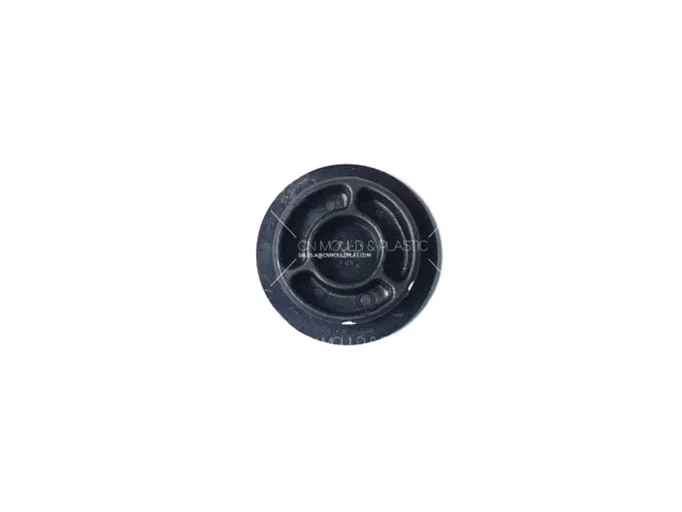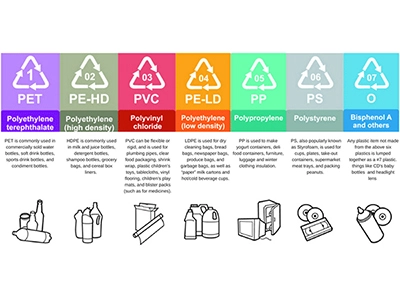Unlike other thermoplastics, TPS is rarely used alone as a pure component. Similar to traditional vulcanized rubber, TPS often has its formulation adjusted according to requirements for processing properties and physical - mechanical properties. TPS can be blended with other resins, traditional elastomers, as well as with fillers, plasticizers (such as oils), processing aids, masterbatches, and other components.
TPS does not need to be plasticized on a cold mill like traditional rubber, which may cause its degradation. Unfilled or slightly filled rubber compounds can be blended in a single - screw extruder equipped with a mixing screw. When the length - diameter ratio (L/D) of the screw is 24:1, a very good dispersion effect can be achieved. Highly filled rubber compounds are preferably blended in an internal mixer and then fed into an extruder.
In most TPS blends, resins and fillers are added first, and oils and other softeners are added later. If a large amount of oil is added, it should be added gradually to prevent the rotor from slipping. Most discharge temperatures are in the range of 128 - 160°C; if PP is added, the temperature may need to be increased to 177°C or higher. The blending time varies with different formulations, and the most typical time is 3 - 6 minutes. The extruders used in the final stage of blending are often equipped with pelletizing equipment, and strand pelletizing or underwater pelletizing systems can be used.

As mentioned before, in most cases, TPS is used in the form of a rubber compound. Usually, the processing and molding of most rubber compounds are similar to the standard processes of melt processing. Various traditional plastic processing techniques, such as mill mixing, extrusion, injection molding, calendering, blow molding, and vacuum forming, can be utilized. Generally, each processing process has specific grades of polymers to meet the needs, such as extrusion grade, injection - molding grade, solution - processing grade, etc. SBS and SEBS differ in structure. According to experience, rubber compounds based on SBS usually adopt processing techniques suitable for polystyrene, while rubber compounds based on SEBS usually adopt processing techniques suitable for polypropylene. The processing temperature of SBS is generally between 150 - 200°C, and that of SEBS is between 190 - 260°C. SBS requires a lower shear rate during processing, while SEBS requires a higher shear rate. When extrusion - molding, SBS uses a screw with a low compression ratio, while SEBS is suitable for using a screw with a high compression ratio during extrusion.
Ordinary plastic injection machines such as traditional reciprocating - screw injection machines can be used for injection molding, and special rubber injection machines can also be used. For SBS, the temperature in the feeding section is 65 - 95°C, and the nozzle temperature is 200°C. For SEBS rubber compounds, the nozzle temperature for medium - sized parts is 225°C, but for large - sized parts, it can be as high as 260°C. If the temperature is too low, the fluidity is poor, and the product will show anisotropy due to strong molecular orientation; if the temperature is too high, the material will decompose. The injection time should be as short as possible, so the gate should be large, and the runner and sprues should be short.
TPS has a small shrinkage rate and high frictional resistance, making demolding difficult. Therefore, attention should be paid in mold design, such as making the corners of the mold cavity at a certain slope and arc shape, or choosing a suitable release agent.
According to the characteristics of TPS, during compression molding, the copolymer or its rubber compound is preferably placed in a hot mold. The temperature should be selected so that the rubber compound has good fluidity in the mold cavity at this temperature, and the part has little deformation when demolded. To prevent the part from twisting due to force when demolded, the mold often needs to be cooled first before opening, so that the temperature drops below its softening point to prevent the part from bending and deforming. For easy demolding and good appearance quality of the part, a release agent is often used. Considering the performance of the part, it is recommended not to use a silicone - containing release agent.
Since the production efficiency of compression molding is relatively low, it is mainly used for preparing test specimens, models, or special parts.
TPS and its prepared rubber compounds can be extruded and molded using general - purpose plastic extruders, such as extruding pipes and cast films. The length - diameter ratio (L/D) of the screw of the extruder should be at least 20:1, preferably 24:1. Using an extruder with a large screw thread depth and a low compression ratio is more conducive to producing high - quality products. TPS has a low die - swell, and extruding very complex parts only requires a relatively simple die.
Since the SBS segment contains unsaturated double bonds, it is prone to degradation under high - temperature or high - shear conditions. At the beginning of extrusion, to avoid contamination by other materials and heat - degraded materials after long - term shutdown, it is necessary to clean the screw, and polystyrene is recommended for cleaning. The extrusion melt temperature range of SBS is 148 - 198°C, and it should not exceed 205°C, and the temperature in the feeding section should not exceed 80°C. Along the barrel of the extruder from the area adjacent to the feeding section to the die body, the temperature gradually rises from 148°C to 198°C to ensure maximum output.
Compared with many engineering plastics or other TPEs, the advantages of SEBS extrusion are excellent thermal stability, resistance to shear degradation, and rapid melt forming. Many extrusion techniques applied to SBS can also be applied to SEBS polymers and their rubber compounds, but the length - diameter ratio of the screw should be at least 24:1, and the metering section should be long and relatively shallow. The extrusion melt temperature is 190 - 230°C, and the melt temperature can be as high as 260°C. The temperature in the feeding section should not exceed 80°C.
General - purpose blow - molding machines for thermoplastics can be used for the blow molding of TPS. Its blow - molding technology is similar to that of polyethylene. The melt temperature is 150 - 200°C for SBS and 190 - 245°C for SEBS. At a lower temperature, melt fracture may occur, and at a higher temperature, parison sag may occur. Therefore, the intermittent rapid extrusion parison method can minimize parison sag, which is most suitable for such materials. To avoid overheating and polymer degradation, a screw with a deep flight and a low compression ratio is usually used. There are no special requirements for the blow - molding molds of SBS and SEBS, and traditional - designed widths and ordinary mold repair are sufficient.
For preparing solvent - based adhesives, sealants, and coatings, solution processing is required. The polymer is required to be soluble in a variety of common and inexpensive solvents, with a relatively fast dissolution rate and easy removal of the solvent. Due to the presence of two phases, the selected solvent must be able to dissolve both the PS hard segment and the elastomer soft segment. Good solvents for SBS and SIS include cyclohexane, toluene, methyl ethyl ketone, diethyl ether, and benzene. There are also some practical mixed solvents, such as naphtha - toluene, hexane - toluene, and hexane - toluene - ketone.
Another processing method is based on the fact that block copolymers can absorb a large amount of mineral oil and still exhibit useful properties. The matrix resin after blending with oils and liquid blends can be used for compression molding, injection molding, casting, rotational molding, etc. After heating and melting, the mixture usually forms a soft solid - like product.

